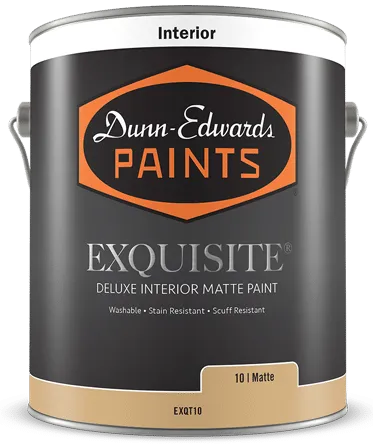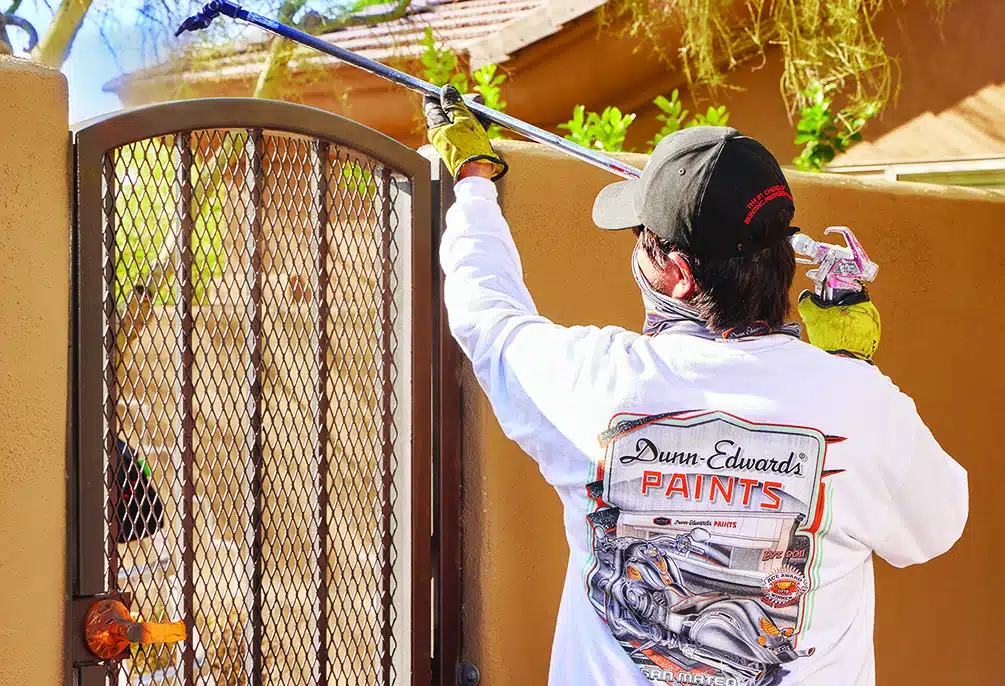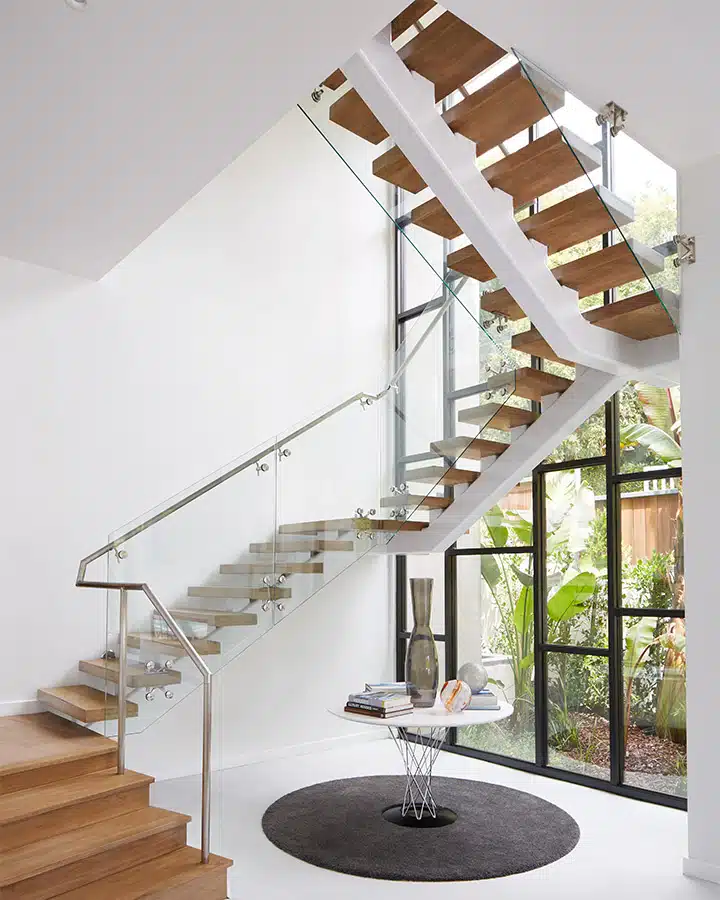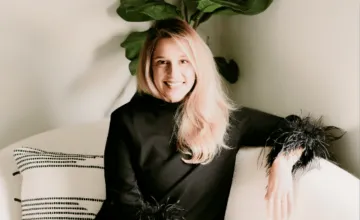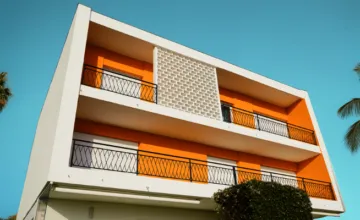How Coronavirus Has Impacted The Process of Design
06/11/2020 | specs+spaces staff |
The Coronavirus pandemic has changed virtually every aspect of our lives. From grocery shopping and working to schooling and socializing, the virus has shifted and reshaped the world. The pandemic has not only influenced design itself, it has changed the way in which designers themselves work and present their visions to clients.
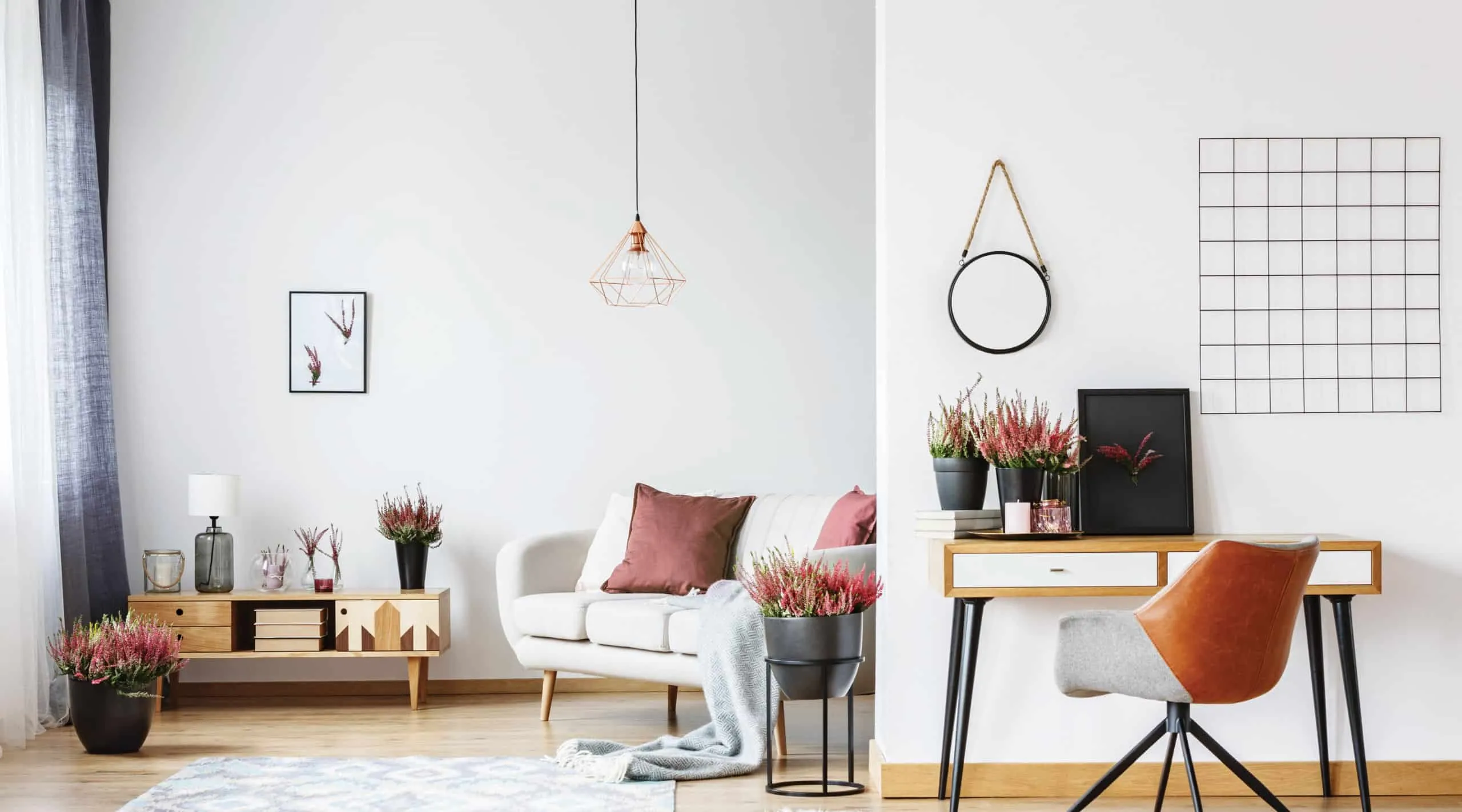
New Business Offerings
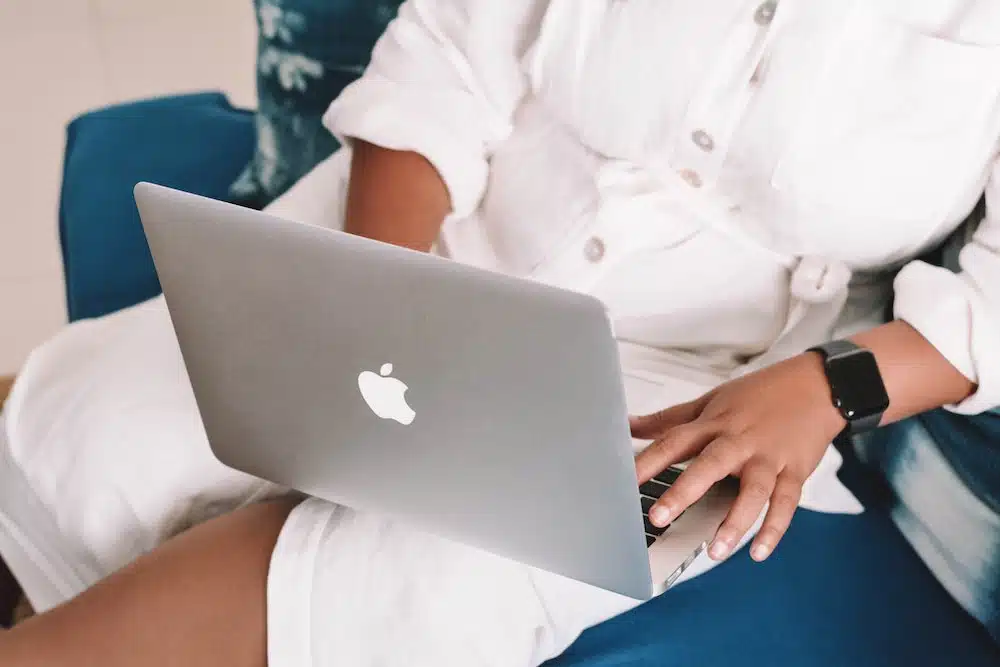
Interior designers, like many other professions, have pivoted to the digital space. Throughout the pandemic designers are using digital tools and conferencing systems to facilitate design work. For example, video conferencing via platforms like Zoom enable 1-on-1 design consultations while digital design tools and file sharing applications allow designers to offer virtual services. In fact, House Beautiful notes that designers across the country from Southern California to Atlanta and Memphis are providing e-design services —providing clients a final deliverable such as a fully-executed design with recommended products for them to purchase online. When it comes to working with a designer virtually, digital renderings are key, perhaps more than ever before as physical samples of materials are not present. “We had to spend more time on the renderings so that the full picture of the design vision would still be translated,” explains Los Angeles-based designer Seyie Putsure, founder of Seyie Design.
As the recent article in House Beautiful explains, e-design services have traditionally been the realm of design start-ups such as Modsy and Havenly. But COVID-19 has changed all that. While e-design may be significantly different from many designers’ typical end-to-end process — which often involves sourcing materials, project management, and installation — digital software makes this kind of design offering a contact-free, yet personal option for both client and designer.
A More Collaborative Approach To Sourcing
Prior to COVID-19, designers had unfettered access to showrooms for sourcing textiles, stonework, tile and more. But when the shelter in home orders started, showrooms either closed or offered limited appointments. In response, interior designers have shifted the way they work with these vendors. The process as a whole has become more collaborative. “We would share our color palette and design vision then depend on [vendors] to send us samples that may work. Having sales representatives who were supportive and knowledgeable was very helpful during this process,” stated Putsure. And while designers have relied on tools digital tools to share virtual design concepts, they’re also relying on an old-fashioned way of getting material samples to clients — the postal service.
Design and Color
The stay-at-home order across the US has fostered an inward gaze at family life. “Quarantine is encouraging people to focus on more intimate space for family and for entertaining small groups of friends,” stated designer-to-the-stars, J Scott Cunningham. And to that end Cunnigham sees a renewed interest in cozy, yet alluring, elements from the 1970s, such as sunken conversation pits in both interior and outdoor settings. “Cozy and architectural, these not so subtle spaces encourage guests to engage, or to debate the state of our crazy, new world,” he stated.
An emphasis on using the color white from floor to ceiling is also re-emerging. Cunningham believes it’s a response to the persistent pandemic message of hygiene and sterilization.
Interested in other ways Coronavirus is influencing design? Click here to learn more about the the world’s design response to the pandemic. And if you’re feeling the need to escape from the current crisis check out these five color and design trends for 2020 that just might soothe the soul.



